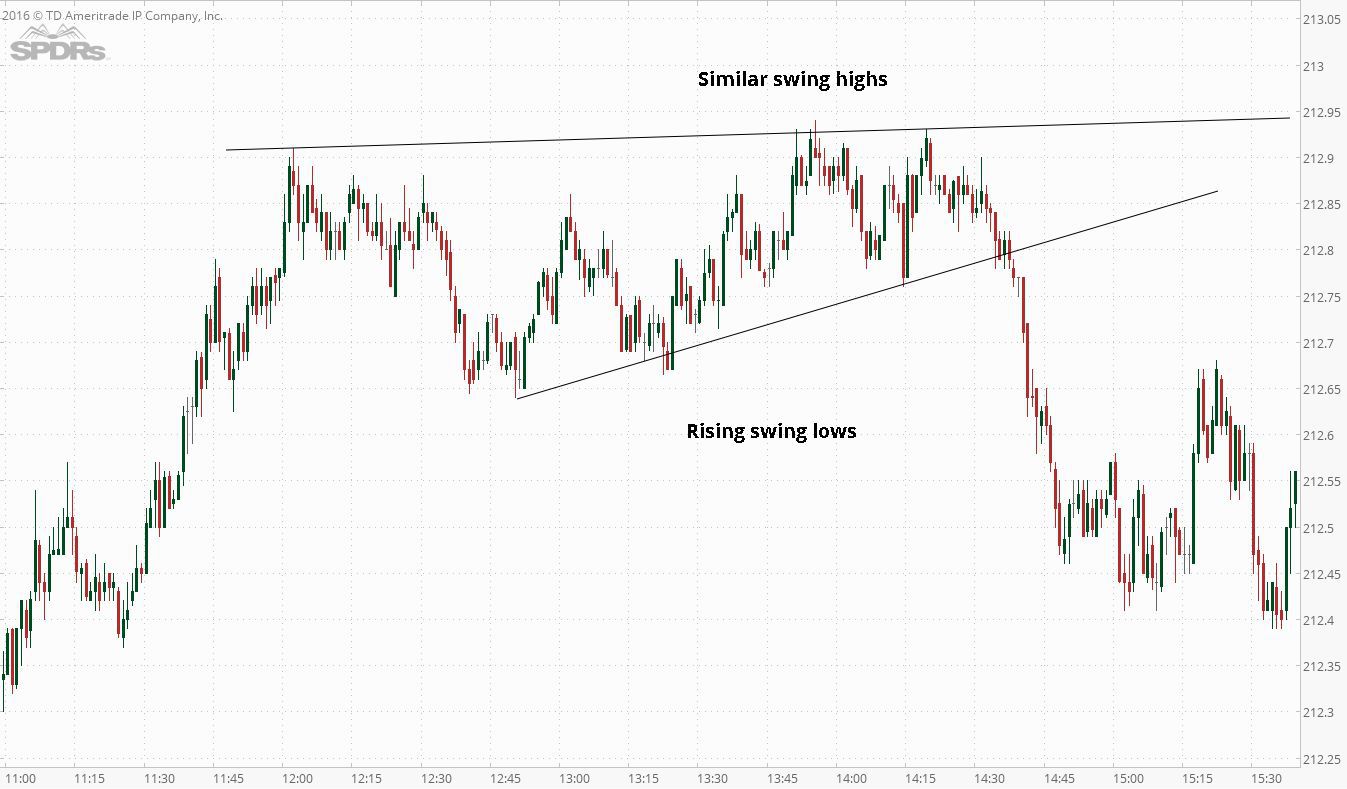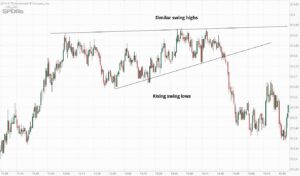Hi there! I’m excited to walk you through swing trading vs scalping, and show how they compare to day trading, positional trading, and other styles. I’ll keep it simple and friendly—imagine we’re chatting over coffee.
What Is Swing Trading? What Is Scalping?
Before comparing, let me explain both in plain terms.
- Swing Trading: In swing trading, I hold positions for several days to weeks (sometimes even months). I try to “swing” with price moves—catching the middle of a trend, not the very start or finish.
- Scalping: Scalping is ultra short-term. In scalping, I make many trades within minutes (or even seconds), aiming for small profits repeatedly. It’s all about volume, speed, and tight control.
So when I talk “swing trading vs scalping”, I mean comparing this medium-term style to the very fast style.
Swing Trading vs Day Trading vs Scalping — The Big Picture
You’ll often hear traders ask: day trading vs swing trading: which is better for you? Or swing trading vs day trading: which is more profitable? The answer honestly depends on your personality, time, risk tolerance, and goals. So let me walk through how they stack up, including scalping.
| Style | Time Horizon | Number of Trades | Profit per Trade (target) | Stress / Time Required | Ideal For |
|---|---|---|---|---|---|
| Scalping | Seconds to minutes | Many per day | Small (a few ticks/pips) | Very high, needs full focus | Someone with fast reflexes, lots of time |
| Day Trading | Minutes to hours, all closed by market close | Several per day | Moderate (small percentage gains) | High, you watch intraday charts | Intermediate traders, those who like action |
| Swing Trading | Days to weeks (sometimes months) | Fewer trades | Larger percentage gains | Moderate, less frantic | People who can’t watch screens all day |
| Positional / Long-Term | Weeks to years | Very few trades | Big moves over time | Low to moderate | Investors, those who prefer slow pace |
Swing Trading vs Day Trading vs Scalping
- If I compare swing trading vs day trading vs scalping, scalping is at the fast extreme, day trading is in the middle, and swing trading is slower.
- Scalpers aim for small gains many times. Day traders aim for intraday swings. Swing traders try to catch bigger moves over several days.
- Scalping and day trading demand constant attention; swing trading gives you some breathing room.
Swing Trading vs Scalping — Pros and Cons (My View)
Pros of Swing Trading
- Less time pressure. You don’t have to stare at charts every second.
- Larger profit potential per trade. Because the timeframe is longer, moves can be more substantial.
- Better for those with other commitments. You can analyze setups after hours, then let trades run.
- Less whipsaw noise. Short-term noise affects scalpers more.
Cons of Swing Trading
- Overnight risk. Price gaps at open (news, earnings) can hurt you.
- Slower feedback. You wait longer to know if a trade works.
- Capital tied up longer. Your money may be tied in fewer trades.
Pros of Scalping
- Fast feedback. You see quickly whether a trade works.
- Many opportunities. More trades mean more chances (if you manage risk).
- Tight control. You can set very tight stop losses and exits.
Cons of Scalping
- High stress. You must stay laser-focused.
- Transaction costs matter. Commissions, spreads, fees eat into profits.
- Burnout risk. Doing it day after day is exhausting.
So in the battle swing trading vs scalping, it’s not that one is always better — they suit different people.
Day Trading vs Swing Trading: Which Is Better for You?
When someone asks: day trading vs swing trading: which is better for you? here’s how I think:
- If you LOVE being glued to the screen, handling fast moves, reacting quickly — day trading might feel exciting and rewarding.
- But if you prefer thinking, planning, taking a more relaxed pace — swing trading could suit you better.
- Also, day trading often requires better tools, faster execution, and disciplined risk control — or a small mistake can cost a lot.
If I were advising a friend new to trading, I’d suggest they start with swing trading to learn risk, patterns, and psychology (with less pressure), then move toward day trading if they like.
Swing Trading vs Day Trading: Which Is More Profitable?
Profitability comes down to skill, consistency, and cost structure (commissions, slippage). But we can compare:
- Day trading has more trades, so more chances to make profits — but also more chances to lose.
- Swing trading makes fewer trades, but each trade can deliver a bigger net return if you pick good setups.
- Because swing traders hold longer, they sometimes capture large moves others miss.
- On the flip side, day trading’s compounding effect (many wins) can add up if you’re very consistent.
So swing trading vs day trading in terms of profitability is not a fixed one — it depends heavily on your skill, edge, and money management.
Day Trading vs Swing Trading vs Long-Term
Let me throw long-term investing into the mix, since many people wonder: day trading vs swing trading vs long-term.
- Long-term / positional trading means holding for months or years. You ride big trends or fundamentals.
- Compared to day and swing trading, long-term has lower maintenance and lower trading costs (fewer trades).
- The downside: slower gains, more patience required, and big drawdowns possible if you pick wrong.
- The upside: less stress, and more time to live life outside markets.
If I had to pick for myself, I might mix: use long-term for core holdings, swing trading for intermediate plays, and maybe day trade occasionally if I see setups.
Swing Trading vs Day Trading for Beginners
Beginners often ask: swing trading vs day trading for beginners — which should I start with?
I lean toward swing trading for a beginner, because:
- The pace is slower, giving you time to think and learn.
- Mistakes cost less psychologically (you’re not reacting second by second).
- You can practice with fewer trades and focus on the quality of setups.
Day trading is more demanding. For a beginner, jumping into day trading without discipline, a tested strategy, and strong risk control often leads to losses fast.
Swing Trading vs Positional Trading
We already touched on long-term, but specifically swing trading vs positional trading:
- Positional / long-term trading focuses on fundamentals, macro trends, or big shifts.
- Swing trading is more technical, using chart patterns, support, resistance, momentum.
- Positional trades often ignore short-term noise; swing traders must manage the short-term swings and volatility.
So the difference is mainly timeframe + approach.
Day Trading vs Swing Trading Taxes (Depending on Location)
Taxes depend heavily on where you live (country, tax laws). But I can share how it works in some jurisdictions (like the U.S.) and general principles:
- In many places, short-term trading gains (e.g. gains from scalping, day trading) are taxed at higher rates (as ordinary income) because the holding period is short.
- Swing trades might still be short-term, depending on local rules — e.g. if holding less than a year, gains often taxed as short-term.
- Positional/long-term trades (if held long enough) may qualify for lower “long-term capital gains” tax rates.
- For people doing frequent trades (day trading, scalping), tax filing can be more complex: keeping track of each trade, wash sale rules, etc.
So when comparing day trading vs swing trading taxes, the fast trades often incur more taxable events and possibly higher rates. Always check your local tax laws or consult a tax professional.
What I Learned from “Swing Trading vs Day Trading Reddit”
I looked at forums and Reddit to see what real traders say about swing trading vs day trading reddit threads. A few common themes:
- Many say swing trading is more sustainable long-term, because day trading burnout is real.
- Beginners often start with day trading, lose money fast, and then shift to swing trading after losses.
- Some mention that swing trading allows for a better life balance—less screen time, less constant stress.
- But others warn that swing trades carry overnight risk you can’t avoid easily.
- Also, people often debate: “Is swing trading too slow?” or “Will I miss big moves if I don’t day trade?”
From those real voices, I take away that both styles work—but you must choose one you can live with mentally and ethically (i.e. you can follow rules, control risk).
My Take: Swing Trading vs Scalping — What I’d Pick
If I were forced to choose between swing trading vs scalping for myself, I’d pick swing trading. Why?
- I don’t want to be glued to the screen all day.
- I prefer letting trends play out.
- I like having time to think, rather than reacting in split seconds.
- The stress of constant decisions and the tiny margins in scalping don’t appeal to me.
That doesn’t mean scalping is bad—it’s just more intense and demanding. For someone young, full of energy, and with access to fast tools, scalping could be thrilling. But for me, swing trading is more sustainable.
Tips When You Try Any Style
Here are a few tips I’ve learned, no matter if you go swing, day, or scalping:
- Risk only what you can afford to lose on each trade (e.g. 1–2 % max).
- Have a clear plan: entry, exit, stop loss, profit target.
- Use charts across timeframes. Swing traders often use daily + 4-hour + 1-hour charts.
- Avoid overtrading. Not every setup is valid.
- Keep a trading journal. Record why you entered, why you exited, what went wrong.
- Manage emotions. Fear and greed kill many good trades.
Key Takeaways (For You)
- Swing trading vs scalping: Swing gives you more breathing room and larger moves; scalping gives speed and volume but costs stress.
- Day trading vs swing trading: Day trading demands more time and attention; swing trading fits better if you can’t watch markets every second.
- Profitability depends on your strategy, discipline, and costs more than style.
- For beginners, swing trading is often safer to start with.
- Taxes tend to penalize frequent trading—many small wins add up to many taxable events.
- Real traders on Reddit echo that sustainability and psychology matter most in choosing a style.
Also Read: AI For Investors





